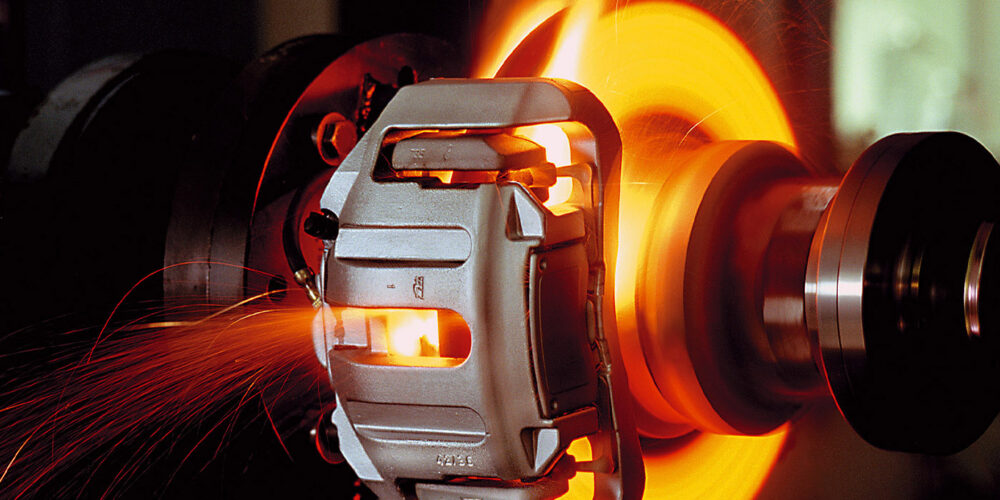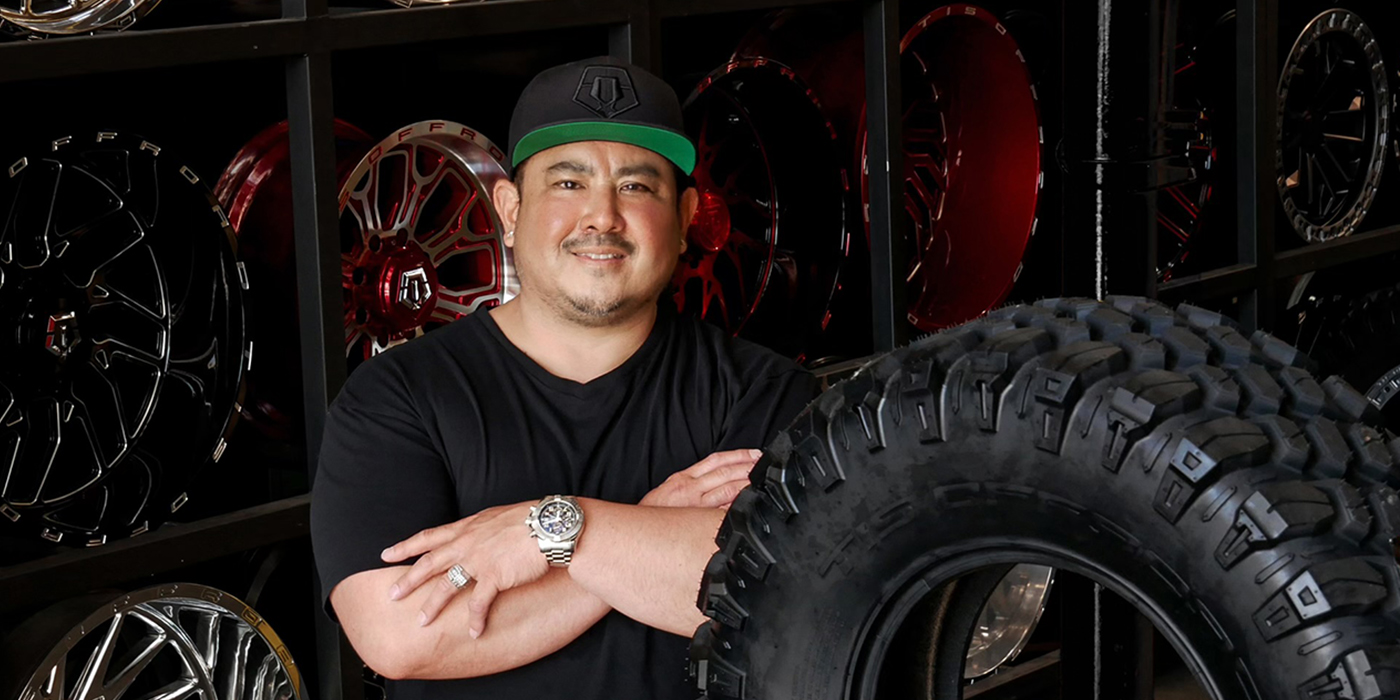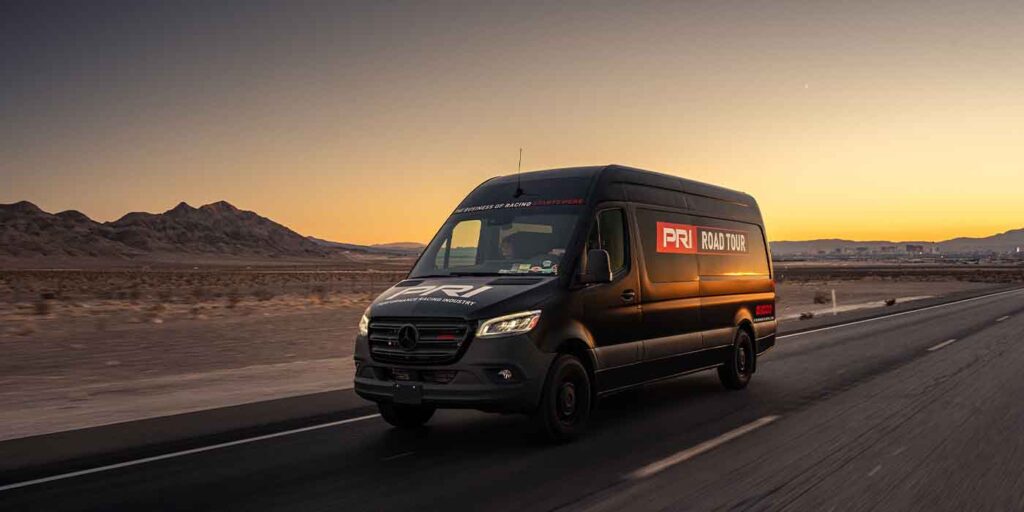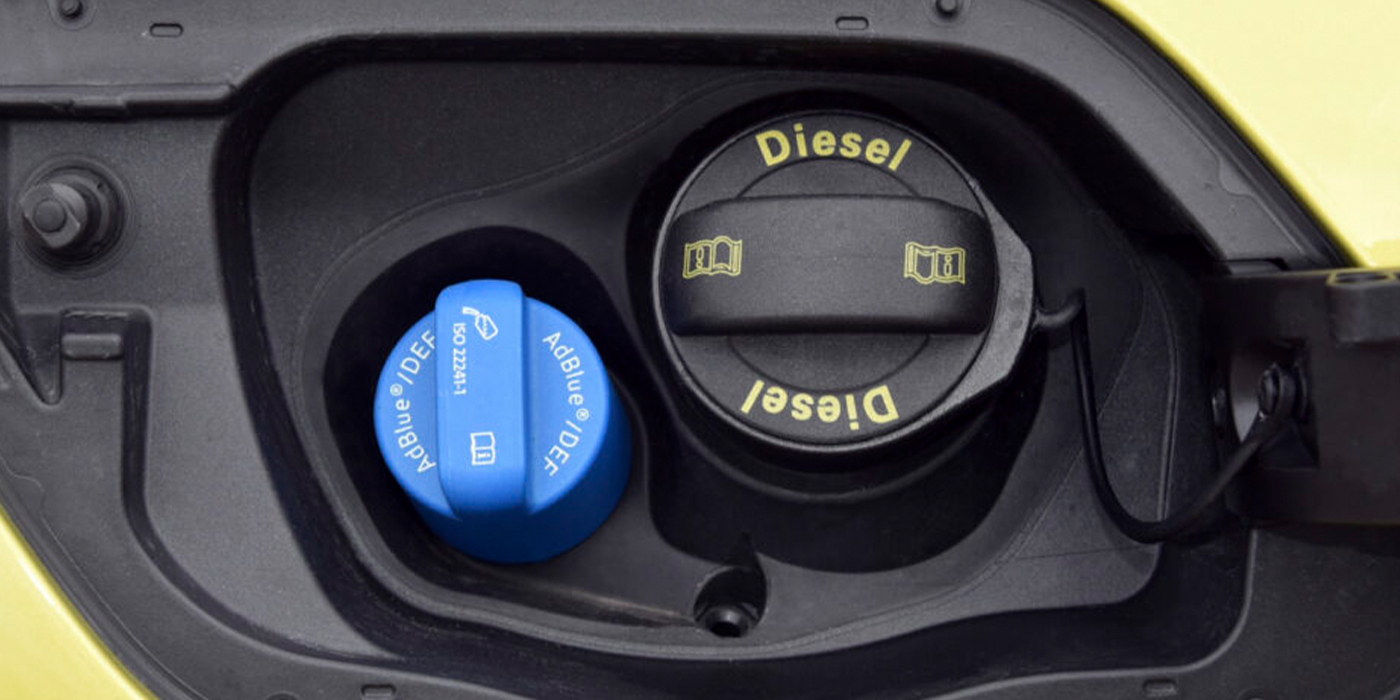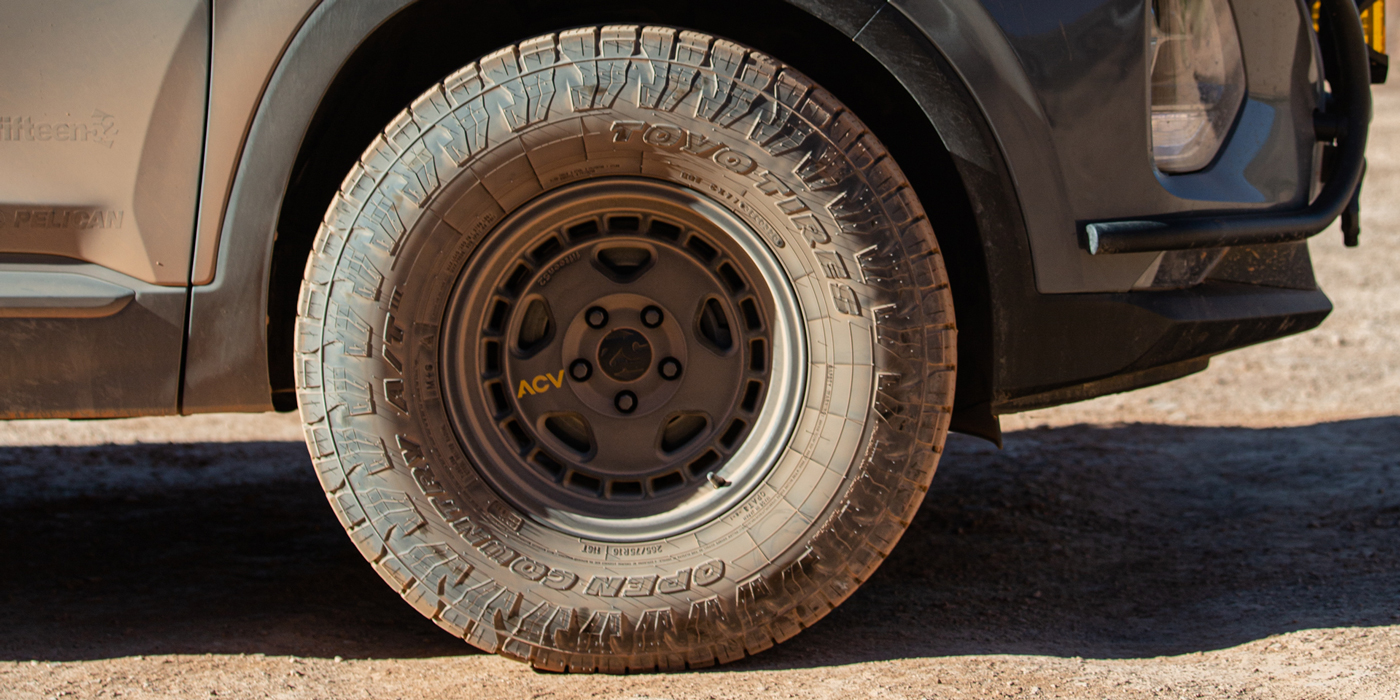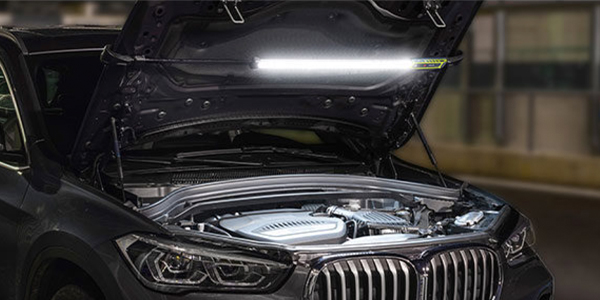It can be confusing when you look at an advertisement or the side of a brake pad box. Taken at face value, you would think that there would be no more brake noise, more precise stopping distances and that brake pads last forever. As a technician, you know this is not true.
In order to make the right selection, you must do your homework while still remaining skeptical. There are two questions you must always ask after a manufacturer makes a claim:
1. “Compared to what?”
2. “Does that include every application in the line?”
The reason why some claims are broad and ambiguous is it leaves the customer to apply their own context. “Better” means one item is superior to another in some way, while “best” means it is superior to all others in some way. However, some brake pad manufacturers fail to list the way in which they are being compared. In the case of “better,” to what are they comparing a competitor’s product; an earlier version of their own product, or nothing at all? So, without defining how they are using the terms “better” or “best,” the terms become meaningless.
An ad that claims, “Our brake pad is better,” could be just saying it’s an improvement over using no pads at all. There are several common claims and features that many manufacturers use in their ads and on the side of the box. Below are the most common ones and what they mean.
Meets or Exceeds OE Specs
The first question you should be asking yourself is: Where are these OEM specifications? Is this a document that includes the dimensions, as well as the materials used?
The fact of the matter is that there are no documents like this shared with aftermarket brake pad manufacturers. OE brake pad specifications are proprietary to the OEM and the supplier of the original pads.
It is OK to say “Designed to OE specification” or “Engineered to meet…”, but the pad manufacturer should be able to produce in-house or independent testing information where they compare their pads to the OE pads with either on-vehicle or dynamometer testing.
Some aftermarket suppliers can make the claim that they can meet or exceed OE specifications because they were the OE supplier on a platform for the pads. Some aftermarket pads are better than the OE pads. The reason is twofold. First, as vehicles age, they accumulate more miles, and more miles mean that the brake pad manufacturer has a better idea what the brake pad application needs to deliver better performance over the OE application. Second, with the average age of vehicles approaching 12 years, it means that engineers have had more than a decade to improve the friction materials.
Reduced Stopping Distances
Reduced stopping is one of the misunderstood and misused claims in the business. Stopping distance claims are almost never followed up with, “compared to what?” Also, it is almost never stated how the tests were performed or if it was on more than one application.
Dynamometer Tested
If the box says, “Dynamometer tested,” this is a good thing. A brake dynamometer can be more sophisticated and larger than an engine dynamometer. Brake dynamometers can simulate the conditions the brake system will experience in a much shorter time with more controlled results. This means that a brake dynamometer can simulate the mass, inertia and performance capabilities of a vehicle.
Quiet Performance
Just about every pad on the market makes this claim. Since the word “quiet” means different things to different people, it is difficult to dispute this claim. This is another claim that should be followed up by the question, “compared to what?”
Low Copper Content
When asbestos for brakes was restricted, there were some issues while manufacturers looked for a substitute replacement. Some shops did have issues with new asbestos- free formulations that caused noise and pulsation. This created a stigmatism; when they ban an ingredient, it is bad for shops. However, new regulations limiting the copper content of brake pads have caused very few incidents for shops because it was a slow rollout instead of an immediate ban. Copper laws were signed in 2010 and the final phase will be implemented in 2025.
Copper has been used in brake pads for decades. It is a gentle abrasive that can reduce noise and wear to the rotor. But, copper can have an environmental impact to aquatic life. Many brake pad manufacturers were able to meet the requirement for copper-free formulations as early as 2018. For more information, visit www.copperfreebrakes.org.
Low Dusting
Some manufacturers claim their pads are low dusting, meaning dust does not show on the wheel or the dust is not attracted to the wheel. These are all viable claims if the pads are formulated with these attributes in mind. But, no brake pad manufacturer can claim they do not produce brake dust; this is impossible. All pads produce brake dust.
Factory Post Cured/Scorched/Burnished
This is a claim you should be looking for when you are selecting pads. Scorching or curing can save you time and comebacks. A brake pad is held together by resins. These resins need heat and pressure to cure. When the resins cure, the friction material becomes stronger. But, the curing process produces gases and smells. These gases cause brake fade and often the “new brake pad smell.”
Some manufacturers will try to minimize this from occurring by heating or “scorching” the pads in ovens to cure the resins. This process can reduce the chances of brake fade. For the technician, the process can reduce bedding and burnishing time during the test drive. For the driver, it can eliminate the new brake pad smell that they might experience during the first few hard stops.
Bottom line: If a brake pad is cured by scorching or heat treating, it can reduce comebacks and eliminate the need for long break-in procedures. But, it is not an excuse not to go for a quick test drive after the brake pads have been replaced.
Mechanical Retention/Mechanical Bonding
On some demanding applications where noise and safety are critical to the performance of the entire brake pad, some manufacturers are turning to new attachment methods. Some manufacturers are creating stronger bonds with the backing plate through special surface treatments that create more surface area for bonding.
Mechanical attachment is a process where retention devices are machined, stamped or welded into the backing plate. The friction material forms around the structures to create a mechanical and chemical bond. The bonds can improve the performance of the brake pad and create a bond that corrosion can’t damage.
Long Life
Making the claim of long life can be difficult to prove. So many variables determine the life and wear of the brake pad. Every vehicle and driver is different. Some manufacturers who make pad life claims will cite AK Master or SAE J2522 testing. This test compares friction materials for wear and involves weighing the pad before and after testing.

